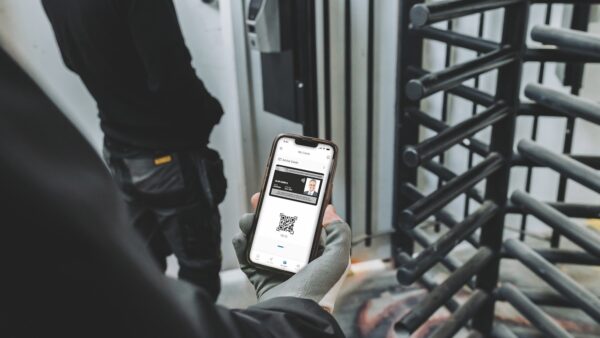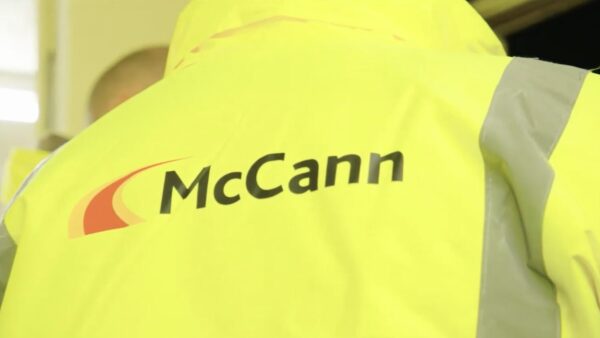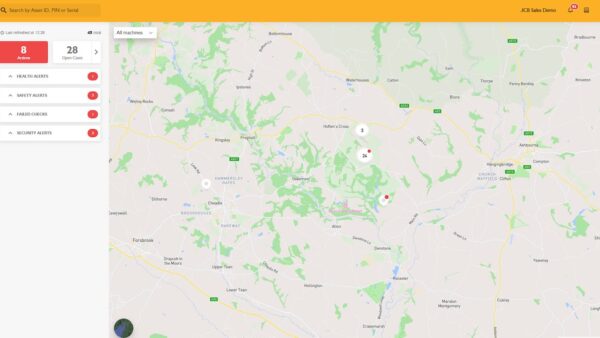
The nuclear industry needs to attract new talent and turbocharge it with technology to meet the sector’s massive growth.
That was the warning delivered by Darren Grears, director and head of digital for nuclear EMEA at AtkinsRéalis, in a speech at Digital Construction North this week.
He cited the sheer scale of the nuclear sector worldwide:
- there are more than 50 nuclear reactors under construction;
- more than 80 commercial small modular reactor designs are in development;
- there are 420 reactors in operation;
- about 200 reactors currently in operation are expected to begin decommissioning by 2050; and
- around 200 commercial, experimental or prototype reactors and 500 research reactors are already retired and in various decommissioning stages.
Grears asked rhetorically: “Are there enough people to be able to do all of this all at the same time?”
To meet the strain this demand places on the engineering and construction firms in the nuclear sector, they must attract new talent from other sectors and enhance both that new talent and existing talent with productivity-boosting technology, Grears said.
“I don’t think there’s enough people and enough capability to deliver everything that we’re talking about, so we need to turbocharge.
“AI is not here to replace people’s jobs. I think it’s here to make people superhuman. How do you get someone to do the job of three? That isn’t because we want to replace them with AI or robotics or whatever: it’s the reality that I’ve tried to recruit three people, and can only find one. So with that one person, how do I turbocharge them? How do I give them skills and new capabilities to get them to do more of what we need?”
Accessing sites virtually
He highlighted the role of AtkinsRéalis’ award-winning Virtual Site Access, which combines VR, AR, immersive rooms and robotics to provide safe and efficient nuclear site monitoring. “We’ve turned our immersive rooms into mission control rooms, where people are now controlling robots. We’re not replacing people with mobile robotics. We’re changing the skills of the people who were originally going on to site to now operate robotics, and actually to make them superhuman.”
Grears noted that such virtual approaches to construction, maintenance and decommissioning can help make the sector attractive to neurodivergent people. “We can give them the skills, and we can make the environment that suits them to get the most out of them, to be able to virtually access sites and to use the technology to be able to do that,” he said.
Similarly, the sector should seek to attract talent from the wider technology industry and the gaming industry, especially when there have been a larger number of redundancies in those sectors. “There is a lot of talent and capability in the north that is not aware that we need those skills within nuclear,” Grears said. “In the gaming industry and in the tech industry at the moment, we’re seeing quite a lot of layoffs: there is a huge opportunity for that talent to [join] nuclear.”
Innovative minds
He noted how AtkinsRéalis’ Hackafuture event earlier this year gained traction with the next generation in a way a simple job advert for a digital engineer couldn’t have. The hackathon offered the winners jobs with AtkinsRéalis. Nearly 3,000 people checked out the hackathon, while more than 550 registered to take part. That number was whittled down to 100 competitors.
“Those might not look like big numbers, but as an engineering firm, that is a gamechanger for us. We were in completely different marketing spaces,” Grears revealed.
In the end, AtkinsRéalis was so impressed with the best solutions developed during the hackathon that it doubled the number of job roles to 10. The winners are now bringing their hackathon-winning entries to the real world. “It was very much a mix of capabilities: we had data scientists, we had gamers, we had technologists, we had roboticists,” Grears said.
He also emphasised that innovation is present throughout the supply chain. “We’re a large organisation: we can do anything if we want to, but that doesn’t mean that we should. There’s so much innovation and capability within the supply chain and SMEs that I think it’s our responsibility to help unlock that, to deliver the future. I think it’s a responsibility of organisations like AtkinsRéalis to buy [innovation where it already exists] rather than make it. But we will make it when there are gaps.”















